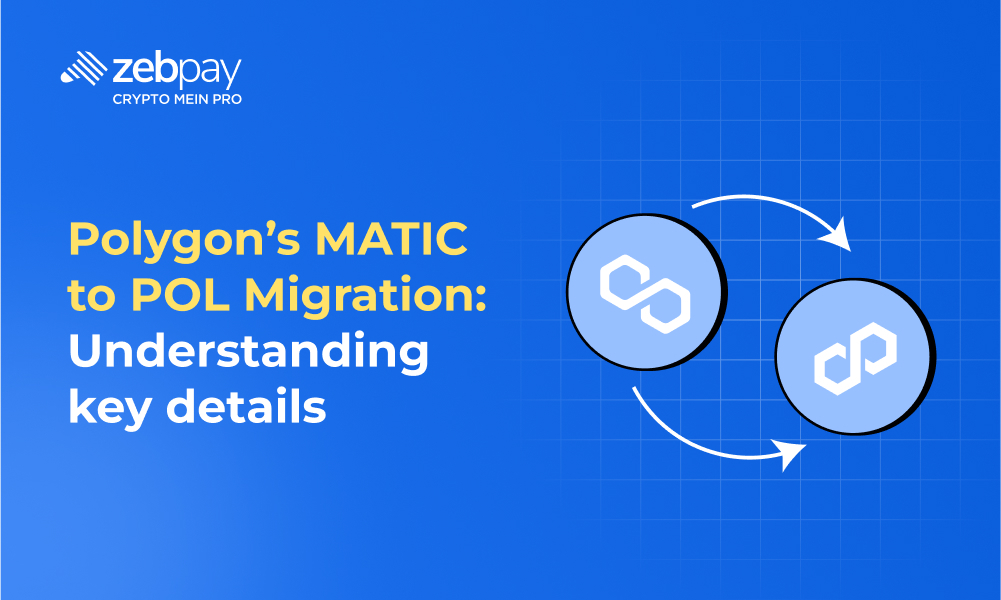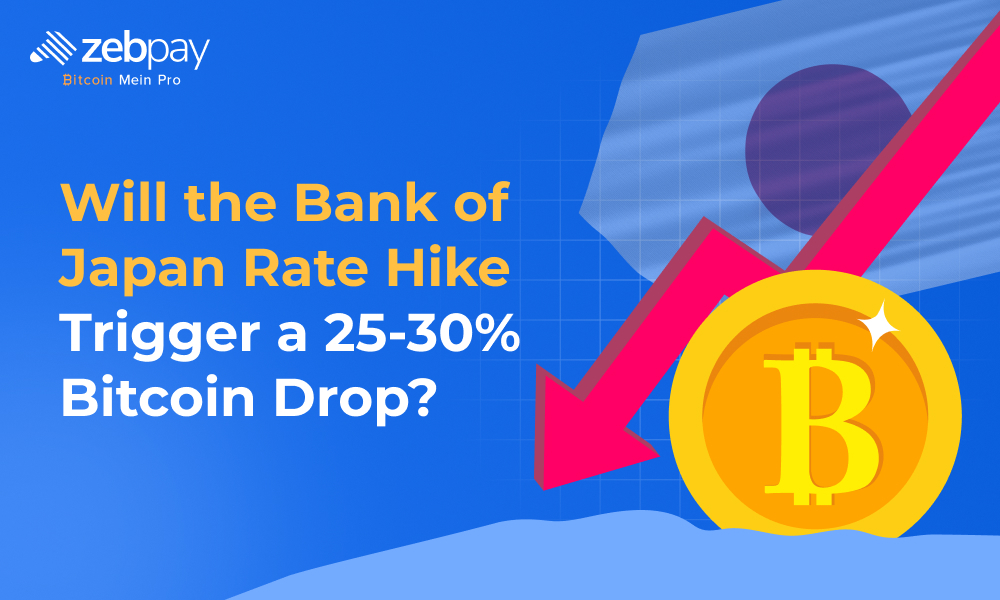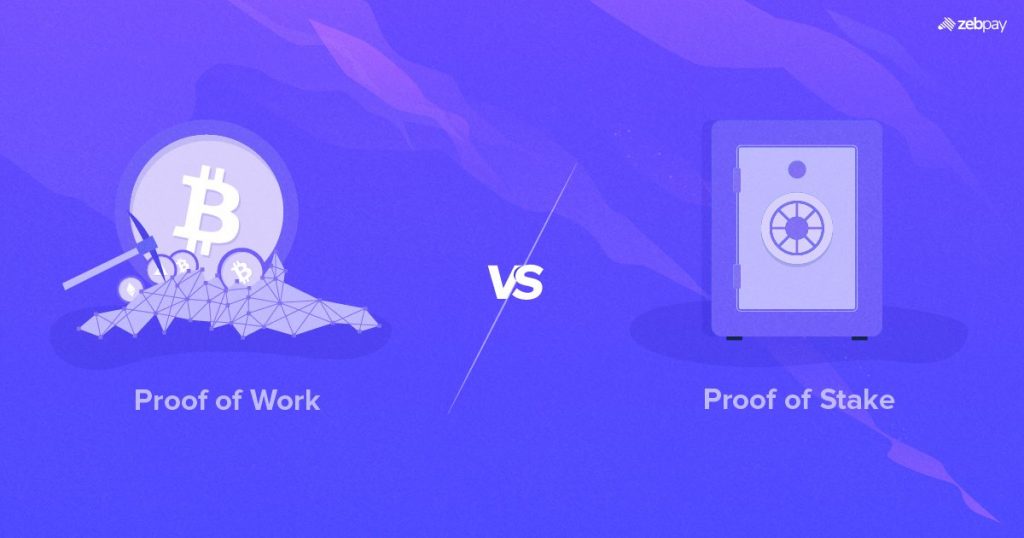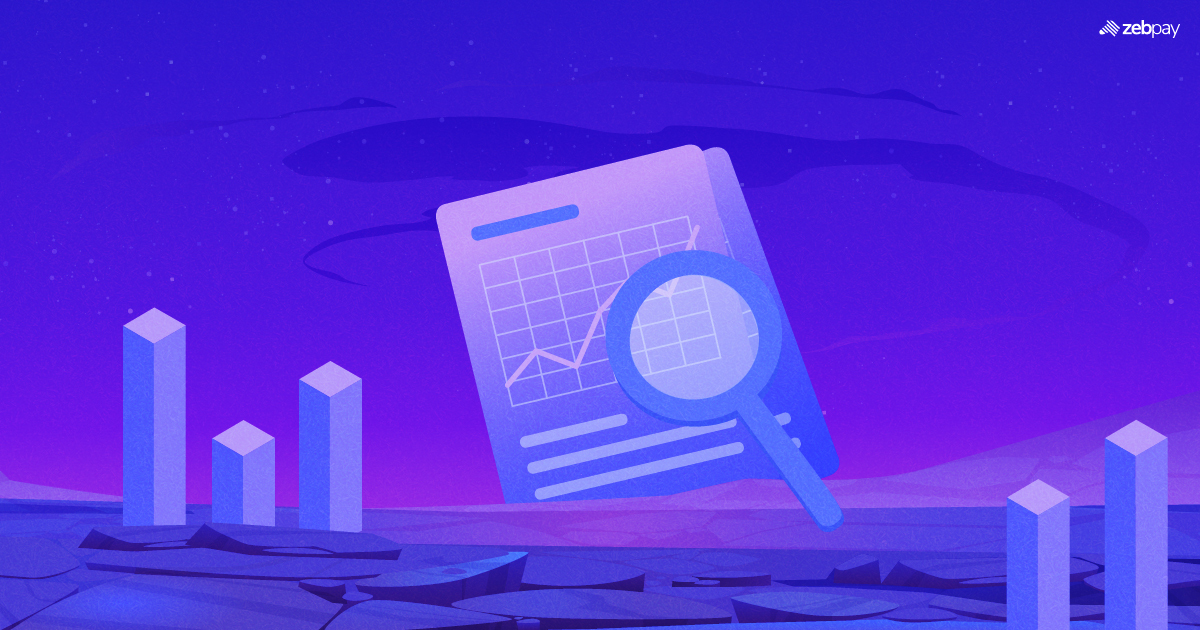As the blockchain landscape evolves, so will the technology that powers it. One of the most anticipated changes, in the crypto world, is the upcoming migration of Polygon’s MATIC token to its successor POL. Scheduled for September 4, 2024, the migration marks a milestone in Polygon’s journey to Polygon 2.0, which refers to a comprehensive upgrade designed to improve network security, scalability, and the overall user experience, irrespective of one being a developer, a MATIC holder, or simply a Polygon enthusiast. It is important to understand the details of this migration, as it’s anticipated to be key for sustaining the entire decentralised ecosystem. Here is everything you need to know, to prepare for the change, and what it means for the wider crypto community.
Background Research: How did it all come together?
Polygon came into existence in 2017 to rid Ethereum of its scalability and usability concerns. Originally launched as Matic Network, Polygon was designed to be a layer-2 scaling solution
enabling fast and inexpensive transactions on Ethereum while maintaining security and decentralisation. Official reports suggest that Matic’s early success stemmed from its ability to lower barriers for decentralised application (dApp) developers and users, delivering scalable solutions while maintaining Ethereum’s security.
In February 2021, Matic Network was rebranded as Polygon, reflecting a broader vision to be a multi-chain scaling solution, not only for Ethereum but also for other blockchains. Along with introducing the Polygon SDK, Polygon introduced other scaling solutions such as Optimistic Rollups, Zero-Knowledge (zk) Rollups, and Validium. However, a boom in the DeFi and non-fungible tokens (NFTs) sectors led to the creation of Polygon 2.0, with POL incoming as its new native token, centred around increasing network performance and governance.
Read more about: Polygon
Why is the migration happening: Polygon 2.0’s vision
From what it’s understood, this transition from MATIC to POL is part of the Polygon 2.0 roadmap, which aims to instil the network with increased security, scalability, and user-friendliness. Despite reports suggesting that Polygon 2.0 is, merely, an update, the bigger picture is to make Polygon as Ethereum’s prime layer-2 mechanism, enabling a large scale of dApps and users to benefit from it. Mentioned are the reasons why this event is highly anticipated:
| Addressing Scalability Issues | For all POL chains, the new POL token should be integral for increasing transaction throughput, decreasing gas fees, and making the network able to handle high bandwidth of transactions. |
| Focus on Sustainability | This migration should enable Polygon to introduce new features and capabilities for increasing user experience, along with bringing flexibility in staking and governance models. |
| High Decentralised Protection | POL is expected to be invaluable in ensuring security through staking mechanisms, concerning blockchain-based validators, to provide defence against malicious actors. |
| Expanding Needs | Market experts believe that this migration supports needs beyond decentralised finance (DeFi), in fields such as gaming, non-fungible tokens (NFTs), and enterprise applications, among others. |
Understanding the Technicalities of this Migration
The migration from MATIC to POL is a significant technical shift within the Polygon ecosystem. Driven by the vision of Polygon 2.0, it comprises critical steps to ensure a smooth transition for all involved users and stakeholders. Here are the steps for users to keep in mind:
- Automatic Conversion Process: If one currently holds MATIC in their wallet, the tokens will be, automatically, changed to POL on a 1:1 basis. This process has been designed to ensure that no tokens are lost during the exchange and that users do not have to manually change their assets.
- Dual Token Phase – Coexistence of MATIC and POL: During the migration’s initial period, both MATIC and POL will coexist on the network. MATIC will act as a wrapper token for POL, which means it will still be used in certain parts of the ecosystem, while POL takes over as the primary token. This dual-token phase can ensure a smooth transition when the Polygon group, gradually, inculcates POL across the entire network.
- Staking and Governance Updates: POL introduces new flexible options for staking on multiple chains, meaning that users can place their POL tokens on different Polygon chains instead of just one network. This multi-chain staking ability should increase security in the ecosystem by decentralising authenticator participation. Furthermore, governance with POL tokens should also become more robust, as it’s expected to give users greater voting rights over key decisions that shape the future of the network.
- Developer and dApp preparations: For developers building on Polygon, the move to POL should bring new application programming interfaces (APIs) and smart contract interactions. Developers should ensure that their dApps are POL-compliant and understand the changes in how staking and governance functions are used. Overall, Polygon’s network will be updated to reflect these changes.
- Migration Timeline: The migration will take place in stages, with MATIC, initially, getting converted to POL. During this phase, exchanges and wallets will update their systems to support POL. A coexistence phase, in which both tokens remain active, will follow, allowing users and developers to adapt to the technology of the new token. This phase should continue for months, after which MATIC will be completely obsolete, and POL will be the only native token on all Polygon chains.
Long-Term Benefits of POL: Enhanced Network Security and Scalability
| Improved Network Security through Multi-Chain Staking | POL’s multi-chain staking mechanism will allow validators to secure multiple chains, preventing intrusions by malicious actors. |
| Increased Scalability across Multiple Chains | Polygon 2.0 is designed to support a multichain ecosystem, facilitating seamless communication, and enabling the network to handle multiple tasks. |
| Enhanced Governance and Staking Flexibility | POL introduces flexible governance and staking processes and ensures that Polygon can adapt to changing market conditions and technological advances. |
Conclusion
With the MATIC to POL migration incoming, the Polygon journey should be fuelled by increased security, scalability and governance flexibility. As Polygon 2.0 unfolds, these changes should position the network for sustainable growth, ensuring it remains at the forefront of the blockchain space, ready to meet future demands with innovation and flexibility.
Unravel everything that you need for your crypto journey via ZebPay blogs. Get started today and join 6 million+ registered users on ZebPay!







